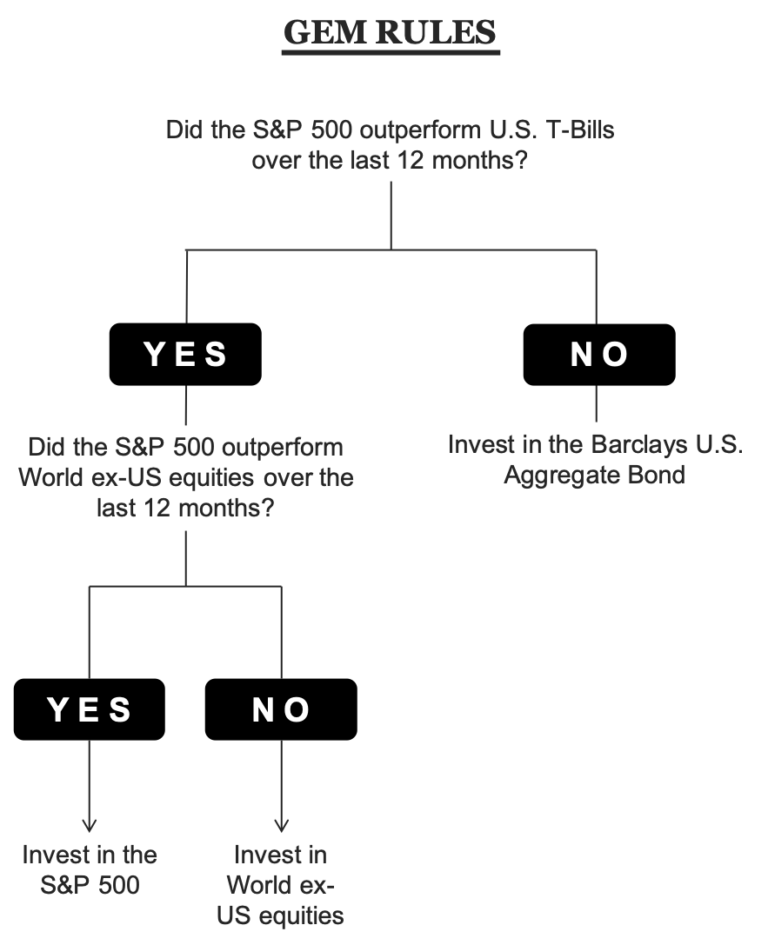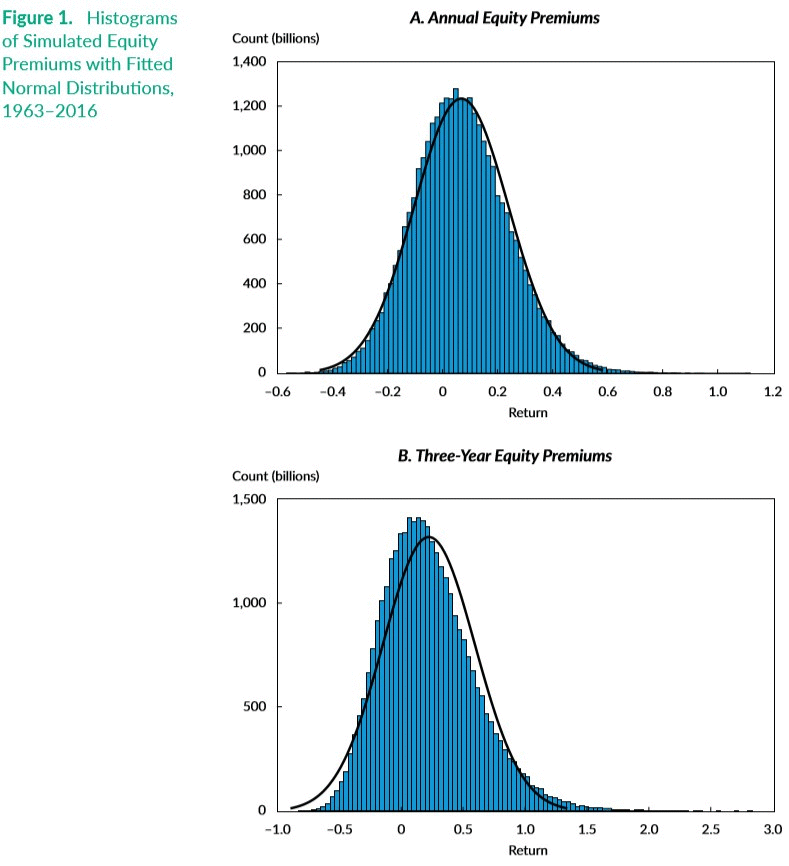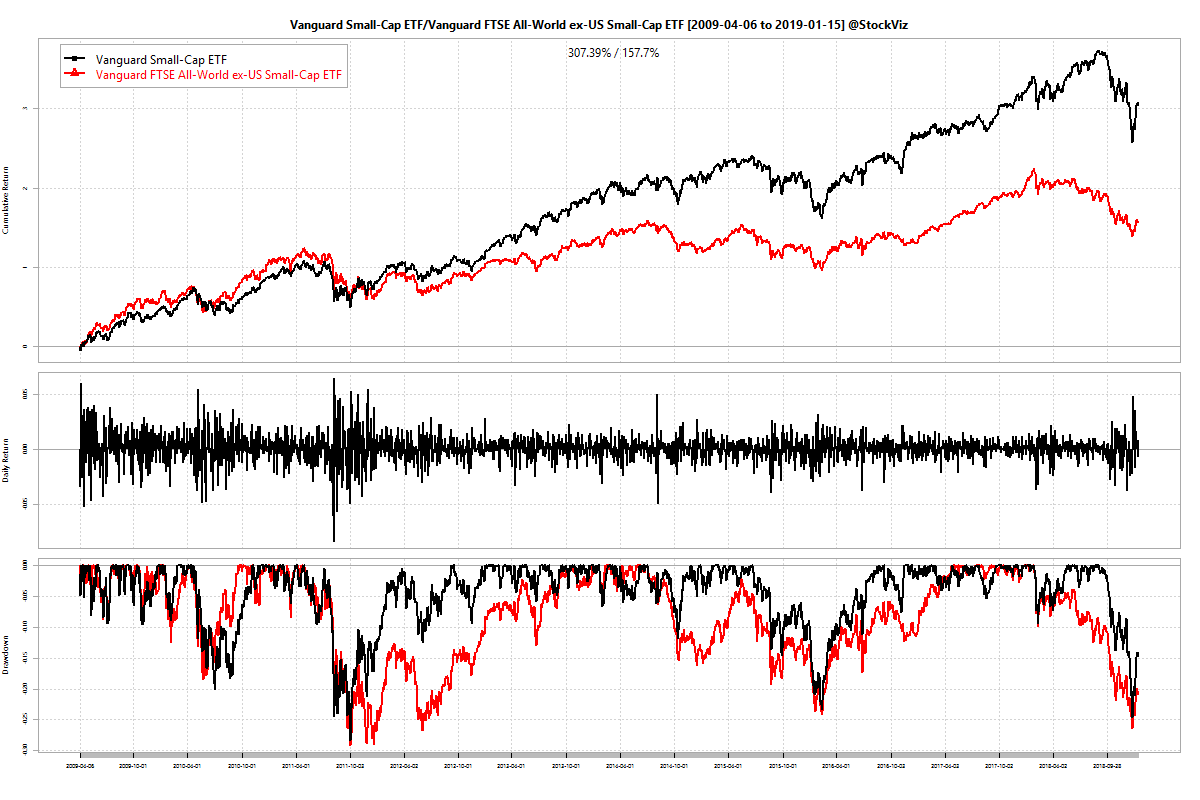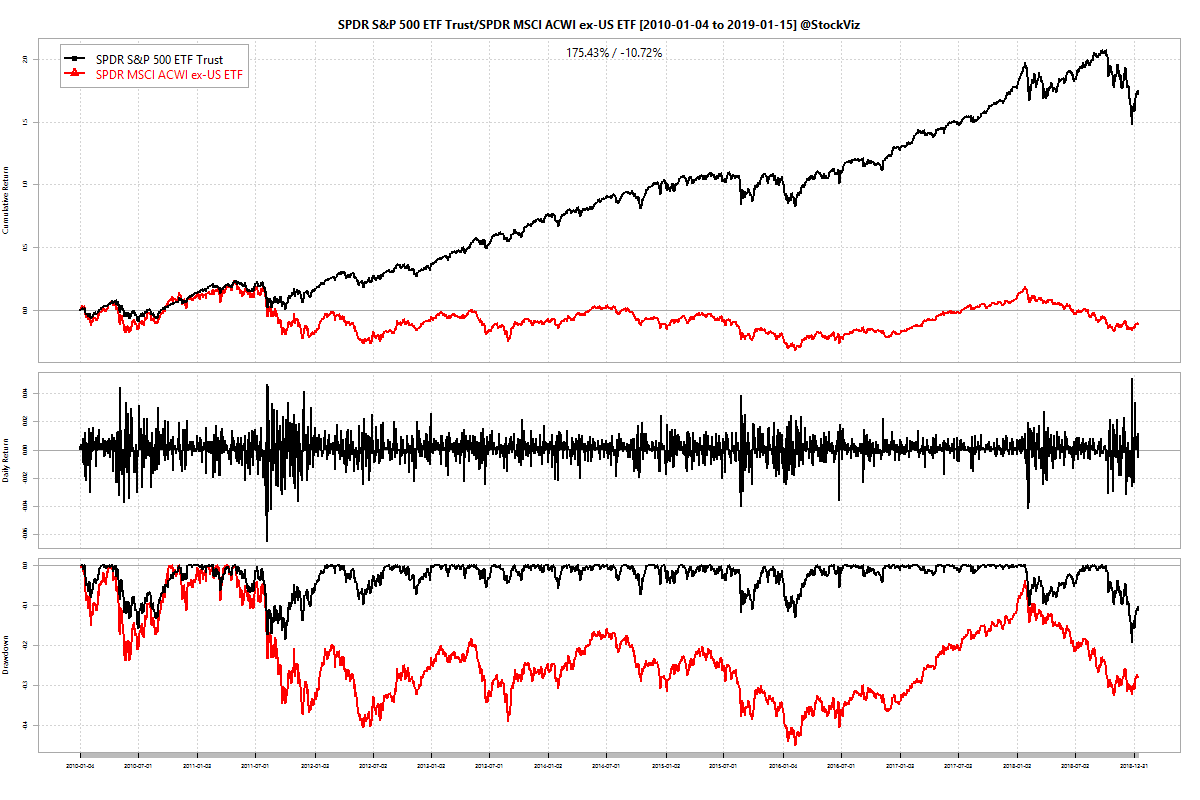In the book, The Dictator’s Handbook: Why Bad Behavior is Almost Always Good Politics (Amazon,) authors Bruce Bueno de Mesquita and Alastair Smith systematically present the idea that whether it be an autocracy, a democracy or something in between, leaders do whatever keeps them in power, regardless of the national interest.
From the book:
Our starting point is the realization that any leader worth her salt wants as much power as she can get, and to keep it for as long as possible.
Paying supporters, not good governance or representing the general will, is the essence of ruling.
In politics, coming to power is never about doing the right thing. It is always about doing what is expedient.
Having competent ministers, or competent corporate board members, can be a dangerous mistake. Competent people, after all, are potential (and potentially competent) rivals.
The three most important characteristics of a coalition are: (1) Loyalty; (2) Loyalty; (3) Loyalty. Successful leaders surround themselves with trusted friends and family, and rid themselves of any ambitious supporters.
Recommendation: Worth a read. Or, you could just watch this video instead:

















